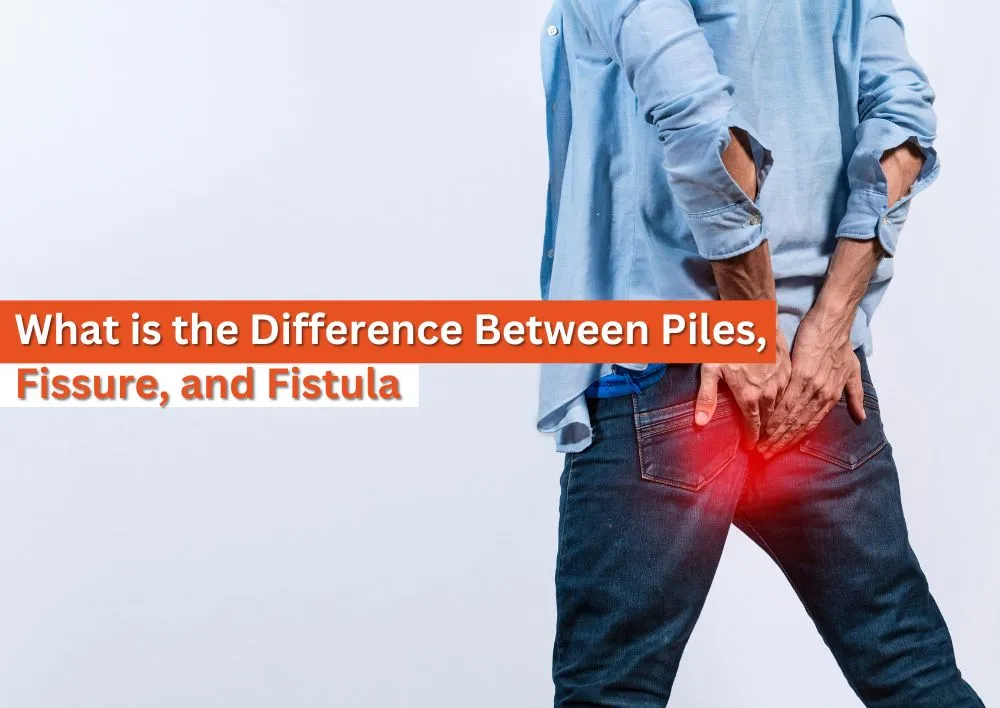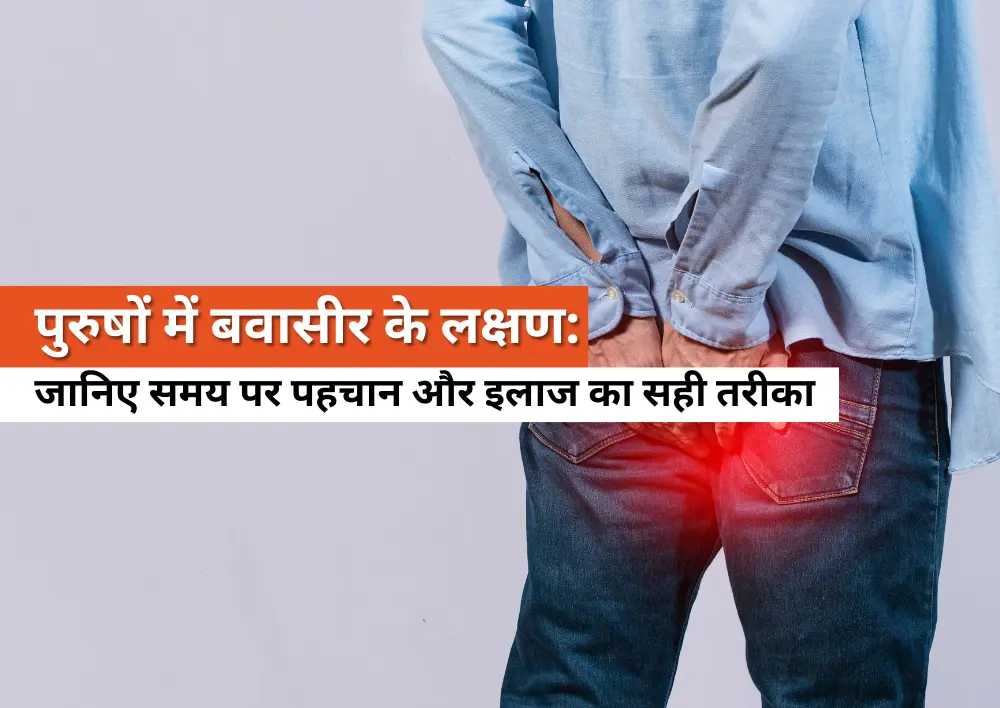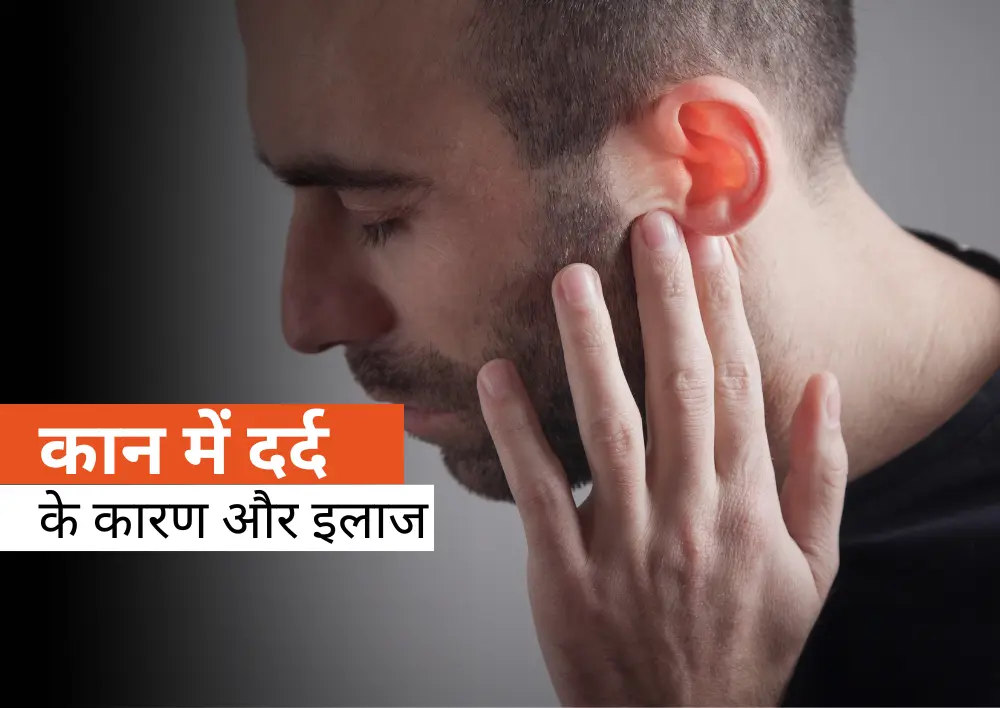What is the Difference Between Piles, Fissure and Fistula
Summary: Many people experience pain and discomfort during bowel movements, but struggle to identify whether it is due to piles, fissure, or fistula. While these conditions share similar symptoms like pain, bleeding, and irritation, their causes and treatments differ significantly.
Overview
Pain during bowel movements, bleeding, or a burning sensation around the anus can be physically uncomfortable and emotionally distressing. These symptoms are commonly associated with three conditions: piles, fissures, and fistulas. While these conditions are quite common, they are often misunderstood due to their similar symptoms, such as pain, bleeding, and discomfort. This misunderstanding can sometimes delay treatment, possibly worsening the condition over time.
If you have been experiencing pain while passing stool, bleeding from the anal region, swelling, or continuous irritation, this blog is for you. Here, we will discuss the difference between piles, fissure, and fistula. Additionally, we will highlight the causes, symptoms, diagnosis methods, treatment options, and prevention tips for each condition. So, stay tuned!
Difference Between Piles and Fissure and Fistula
However, piles, fissures, and fistulas all occur in the anal area, they are different in terms of their causes, symptoms, and treatment requirements. Here are piles vs fissure vs fistula to clarify the differences:
Cause:
-
Piles:
Also known as hemorrhoids, they are caused by increased pressure in the rectal veins due to constipation, pregnancy, obesity, heavy lifting, or prolonged sitting.
-
Fissure:
It results from trauma to the anal canal, often due to passing hard or large stools, chronic constipation, or inflammatory bowel disease.
-
Fistula:
This is caused by infections that lead to the formation of abscesses (pimples), which then develop into fistulas if left untreated.
Symptoms:
-
Piles can cause symptoms like discomfort, pain, itching, bleeding, and visible lumps around the anus.
-
Fissures can cause sharp pain, burning, and bright red bleeding, along with visible tears in the skin.
-
Fistulas involve continuous pain, pus drainage, and can lead to recurrent pimples or fever.
Treatment:
-
Piles can generally be treated with dietary changes, lifestyle modifications, topical treatments, or minimally invasive procedures.
-
Fissures may require topical treatments and dietary modifications. In chronic cases, it may require surgical intervention.
-
Fistulas usually need surgical treatment for proper healing and drainage.
Now, let’s look at each one in detail.
What Are Piles, Fissures, and Fistulas?
Piles (Hemorrhoids)
Piles, medically known as hemorrhoids, are swollen and inflamed veins located in the rectum and anus. Studies by the NIH state that this common condition affects 50% of the population in India at all ages. They can be caused by:
-
Chronic constipation
-
Straining during bowel movements
-
Obesity
-
Pregnancy
-
A sedentary lifestyle
Symptoms of piles
-
Bleeding during bowel movements.
-
Itching or irritation around the anus.
-
Swelling or a lump near the anus.
-
Pain or discomfort while sitting.
The good part is that piles can be managed with lifestyle modifications, but in some cases, procedures like laser surgery or hemorrhoidectomy may be recommended.
Anal Fissure
An anal fissure is a small yet painful tear in the lining of the anal canal. This condition can make regular bowel movements feel sharp and intense, usually compared to passing chunks of glass. Common causes of anal fissures include:
-
Passing hard or large stools.
-
Chronic diarrhea
-
Chronic constipation
-
Childbirth
-
Overuse of laxatives
Symptoms of Anal Fissure
-
Sharp pain during or after a bowel movement.
-
Bright red blood on the stool.
-
A visible tear near the anus.
-
A burning or itching sensation.
Early treatment of anal fissures includes stool softeners, fiber-rich diet, warm sitz baths, and topical creams. In the case of chronic fissures, medical procedures such as Botox injections or surgery may be recommended.
Anal Fistula
Anal fistula forms when an abscess in the anal area fails to heal completely, leading to the development of a small tunnel between the inside of the anus and the surrounding skin. This condition is complex and generally requires surgical intervention for proper treatment. Causes include:
-
Untreated abscess
-
Inflammatory bowel diseases
-
Trauma
-
Infections
Symptoms of a fistula:
-
Constant pain or discomfort
-
Pus or foul-smelling discharge near the anus
-
Redness
-
Swelling, or tenderness
-
Fever in case of infection
Treatment of fistula usually involves surgery, such as fistulotomy or laser closure, to remove the infected tunnel and prevent future complications.
When Should You See a Doctor?
Leading general surgery doctor in gurgaon at Miracles Apollo Cradle/Spectra advises that, if you are experiencing symptoms like pain, bleeding, or swelling in your anal region, without any delay, consulting a healthcare professional is important. Especially, if you notice pus drainage, fever, or recurring pimples.
Conclusion:
While piles, fissures, and fistulas may seem similar because of their location, they have different causes and treatments. If you are the one who is experiencing symptoms of any of these conditions, don’t wait for the discomfort to worsen. Consult a general surgeon near you and get the right diagnosis and treatment at the earliest.
Frequently Asked Questions
A fistula is often considered more dangerous than piles as it usually requires surgical treatment and can lead to recurrent infections.
A fissure is a tear in the anal lining, while piles are swollen blood vessels in the rectum and anus.
Yes, piles and fistula can occur together, although they are separate conditions.
Diagnosis of the conditions is based on symptoms and physical examination by a doctor.
No, piles do not cause a fistula; both are unrelated conditions with dissimilar causes.
Fissures are typically more painful, mainly during and after bowel movements.













Was the information useful?
0 0